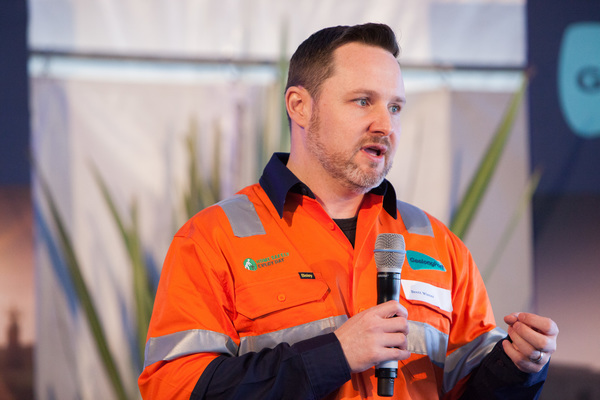
A “freight tsunami” could swamp Geelong’s port with additional business over the next 12 years, according to a national industry group.
But Federal Government must make “changes” to domestic shipping legislation for port communities such as Geelong to reap the full benefits of the forecast surge in freight by 2030, Ports Australia said.
The organisation has commissioned a leading consultancy to determine how ports can help Australia manage its growing freight activities amid congestion on roads and rail lines.
The consultancy has included GeelongPort in the study as its management works through a series of upgrade projects following a boom in trade over recent years.
The study comes as port managers prepare for the arrival of a new super union covering the country’s docks.
Australia’s Fair Work Commission has approved the merger of the Maritime Union of Australia and the Construction, Forestry, Mining and Energy Union, prompting fears on a new wave of waterside industrial action.
Ports Australia chief executive officer Mike Gallacher overlooked the merger in his statement this week on the issues ahead for domestic freight.
“Australia is bracing for a freight tsunami, the domestic freight task is predicted to double by 2030 and we as a country need to be ready both for the challenges and opportunities,” he said.
“That is why we have commissioned Deloitte Access Economics to explore the role ports can play in lifting the freight burden, increasing Australia’s competitiveness and reducing costs for Australian consumers and businesses.
“This freight task presents great challenges and opportunities for Australia. Our cities must deal with growing congestion, our rail will be stretched to capacity and our highways will have more trucks on them than ever before.”
All state and federal governments were planning for the growing demand but the “glaring omission” of ports as part of the solution was a “common theme”, Mr Gallacher said.
“We have 77 ports strategically placed around our island nation that are capable of absorbing the pressure of our growing country. With the right regulatory environment our ports can reduce city congestion, remove unnecessary long-haul road movements and open up regional areas to more business and growth.
“Ports attract economic activity and opportunity, for places like Geelong that means more investment, more business and more jobs.”
GeelongPort chief executive officer Brett Winter said local docks could play a role in meeting the freight challenges.
“With 15 berths and more than 30 hectares of available land, GeelongPort has substantial capacity to facilitate increased coastal shipping and support land based logistical tasks,” he said.
“Customers want supply chain options and the blue highway can play a greater, complementary role in reducing the mounting pressure on existing road and rail infrastructure networks.”
Mr Winter said Port of Geelong’s trade and employment was forecast to increase 50 per cent by 2035, when it would handle more than 18 million tonnes of cargo and generate 3100 jobs local jobs.






